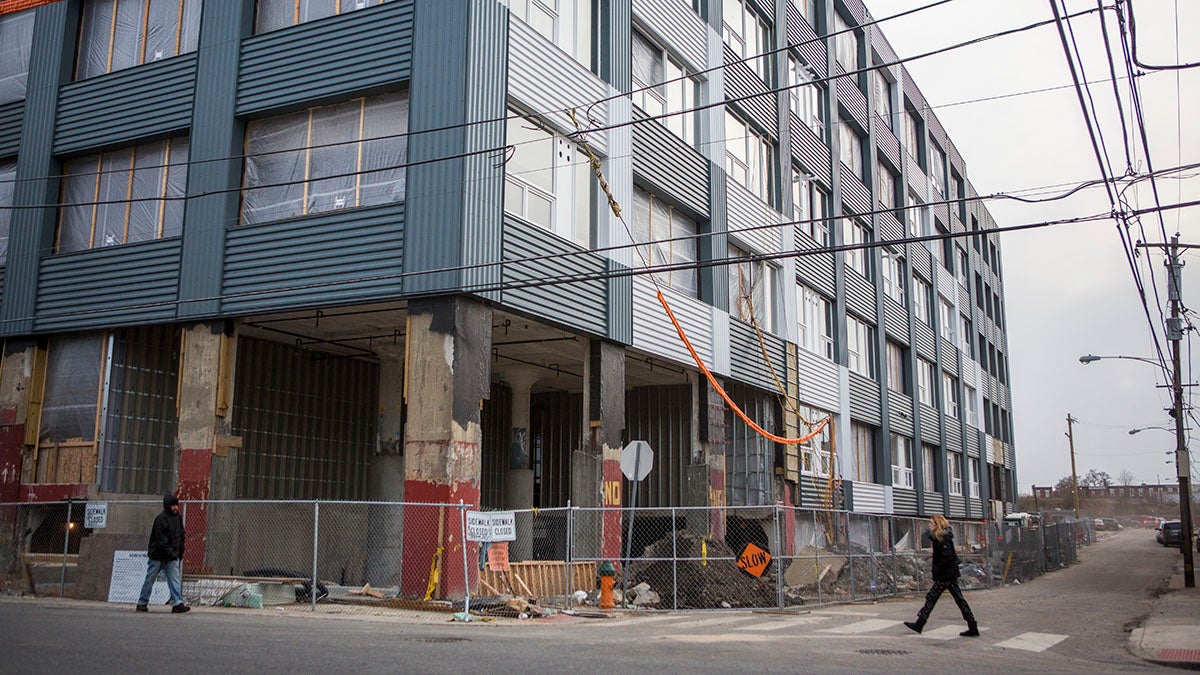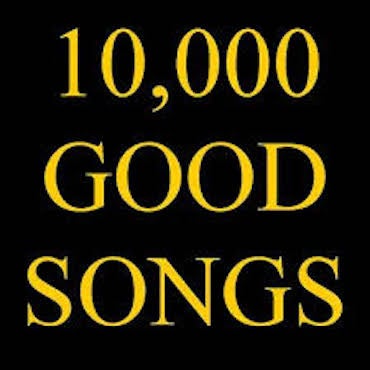One Pa. state incentive program creates a buzz while another creates confusion

New Kensington Community Development Corporation is spearheading the Orinoka Civic House project which is renovating the Orinoka Mills Factory building
There’s been some talk in Harrisburg and around the state about tax incentive programs lately. Two programs in particular are standing out.
There’s been some talk in Harrisburg and around the state about tax incentive programs lately. Two programs in particular are standing out. The Neighborhood Assistance Program is firmly moving forward. The Keystone Opportunity Zones however, seem to be walking along a fine line.
Neighborhood Assistance Program
Pennsylvania’s DCED oversees dozens of economic development incentive programs. Just before the holidays, Governor Tom Wolf announced the approval of more than $17.8 million in tax credits through the Neighborhood Assistance Program.
NAP aims to improve low-income neighborhoods by creating partnerships between community-based non-profits and the business and corporate sector.
Here’s an example of how it’s worked:
In the late 1960s, when the management of Tasty Baking Company was concerned that if the North Philadelphia neighborhood surrounding its plant continued to deteriorate, the corporation’s properties and plant would be worthless. They decided that moving would be too expensive but to stay where they were and do nothing would also be costly; it would be harder to recruit employees and security and anti-vandalism costs would rise. So the company decided to start a community development program, and encouraged other companies to join them. They founded a community development organization and provided general operating funds, free office space, accounting services, and office supplies and equipment for a variety of community development activities.
During these early years this community organization, now called the Allegheny West Foundation, initiated a housing development strategy that replaced vacant row homes with structures that matched the style of the remaining homes on the block at low cost. It gave renovated blocks the appearance of solidarity and stability that typical low-cost housing development does not and protected existing property values.
In 1967 the state began the Neighborhood Assistance Program and underwrote the company’s investment in the nonprofit group. This has enabled Tasty to increase the operating budget of the Allegheny West project, which in turn supported an increase in the scale of housing development activities and community services.
So, basically, a non-profit community organization gets businesses to pledge donations. They apply for NAP and if approved, those business get tax credits based on their donation amount. These credits differ from tax abatement because these are dollar-for-dollar credits.
“I think it’s a bigger bang for the buck,” said Laura Schwartz, Director of Economic Development at Regional Housing Legal Services. “And I think that it’s a really effective way to do things.” Schwartz added that there are a lot of complex social problems throughout Pennsylvania and they really need creative solutions.RHLS is a nonprofit law firm representing other nonprofit community organizations and functions as transactional lawyers.
Schwartz believes that NAP is one of the best tools to aid the most vulnerable populations.
Schwartz says all the things that are being funded by this program are things the state should be doing. “The state wants to see people fed. The state wants to see people living in decent housing. One of the ways to get it done, is when you have a partnership between the government the private sector and the non profit sector, you leverage all those resources and you’re able to do a lot more than any one of those could do on their own,” Schwartz said.
Schwartz and RHLS have worked with DCED over the years to help make improvements to the program. In 2006 the legislature passed changes to NAP after realizing that other tax credit programs that offered greater economic returns to businesses had overshadowed it.
The changes increased the credit rates and extended tax credits to “pass-through” entities. A pass-through entity is a special business structure that is used to reduce the effects of double taxation. Pass-through entities don’t pay income taxes at the corporate level. Instead, corporate income is allocated among the owners, and income taxes are only levied at the individual owners’ level.
Schwartz isn’t the only one advocating for this program; many people believe that expanding the program would unlock potential in communities throughout the state.
What’s preventing them from having greater access to this critical community development-funding tool? An $18 million cap on the tax credit program.
To deal with that, there is a memorandum circulating to all state senate members from Sen. Wayne D. Fontana, D-Brookline, and Sen. Guy Reschenthaler, R-37, asking for co-sponsors to a future bill that would increase the allocation for the NAP. It says in part that “with the change in the economic situation over the last several years, tax credit programs have become a more attractive resource for organizations and businesses looking to perform community based improvement programs.” Despite the NAP’s historical cap on tax credits, the DCED received over 200 applications totaling close to $35 million in requests. So this legislation would increase NAP funding to $36 million.
Heidi Havens, a spokesperson for the DCED, wrote in an email that it is common for DCED’s tax credit programs including NAP to be regularly oversubscribed. There are always more applications than there is funding. DCED says fiscal impacts to the overall state budget need to be taken into consideration before funding changes are made to any program.
Keystone Opportunity Zones
Recent news reports around Pennsylvania have signaled that the Keystone Opportunity Zone program could be in jeopardy.
A Keystone Opportunity Zone is land designated by local communities and approved by the state, as part of an economic development incentive program. The program aims to spur revitalization of abandoned or blighted properties by exempting their owners from local and state taxes.
Governor Wolf signed legislation expanding the program last summer, but his administration says the state can’t afford new tax breaks.
“This is about money, and the state is strapped,” said Jeff Sheridan, the governor’s spokesman.
The DCED did receive a total of four KOZ applications for new zone designations statewide. Those include the city of Philadelphia, Chester County, Elk County and Clearfield County. All were denied. One application does cover multiple sites however. For example, Philadelphia submitted one application but was hoping for KOZ designations for more than 80 properties throughout the city.
There has been some bad press lately surrounding the issue. Heidi Havens, a press office representative for the DCED said the articles aren’t quite right. “Unfortunately, there have been a few articles that we have been working to clarify that have been inaccurate and a bit confusing relative to the Keystone Opportunity Zone program,” she said. “The KOZ program is not on hold. Previously approved designations are still eligible to apply for benefits under the program and are still being approved.“
“As of … January 3, 2017, there have been 592 businesses that have applied and been approved for KOZ benefits statewide for the 2016 calendar year,” said Havens. “And additional businesses could be approved to receive benefits as the KOZ year is not officially closed until late February 2017.”
WHYY is your source for fact-based, in-depth journalism and information. As a nonprofit organization, we rely on financial support from readers like you. Please give today.



